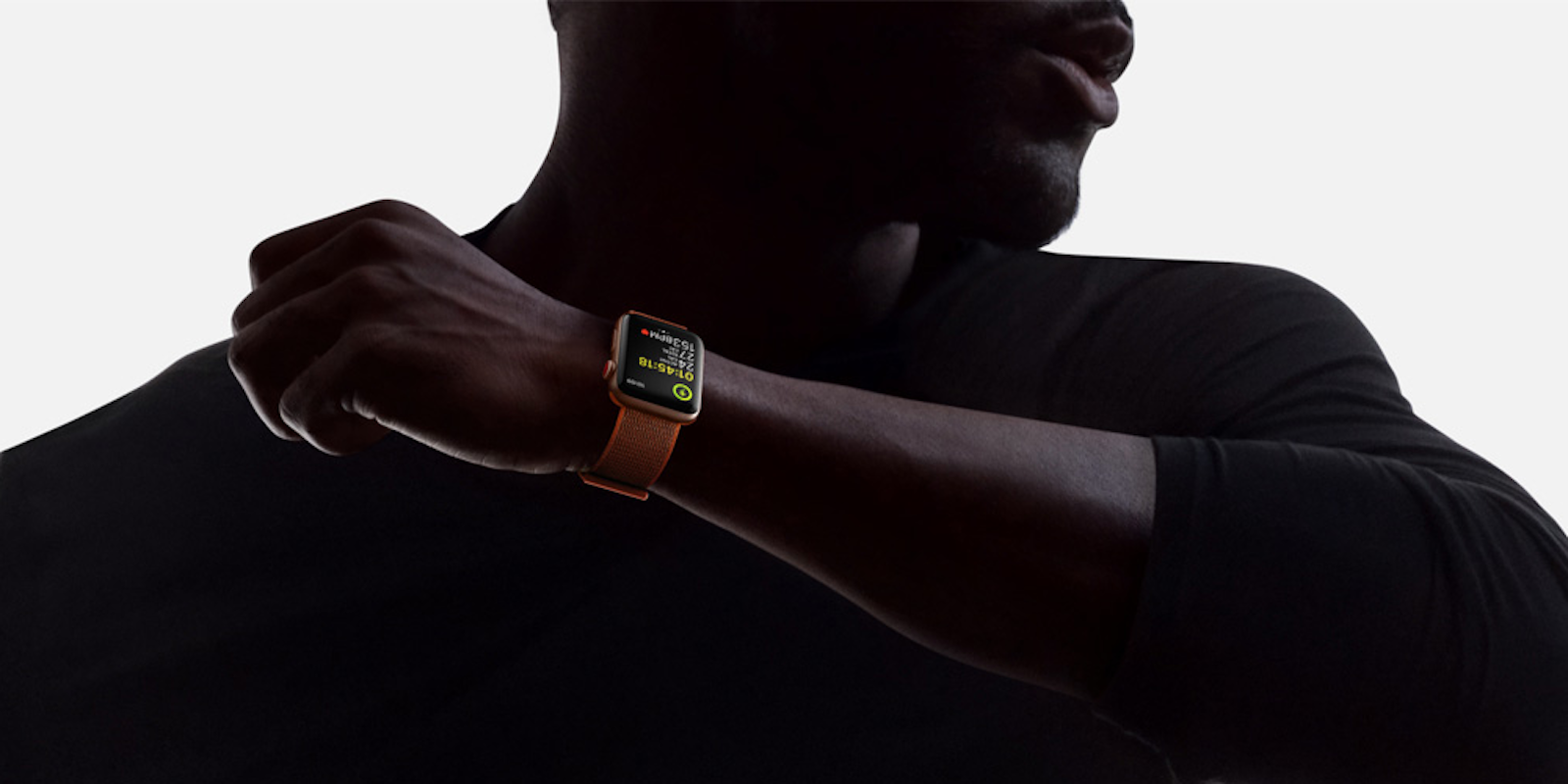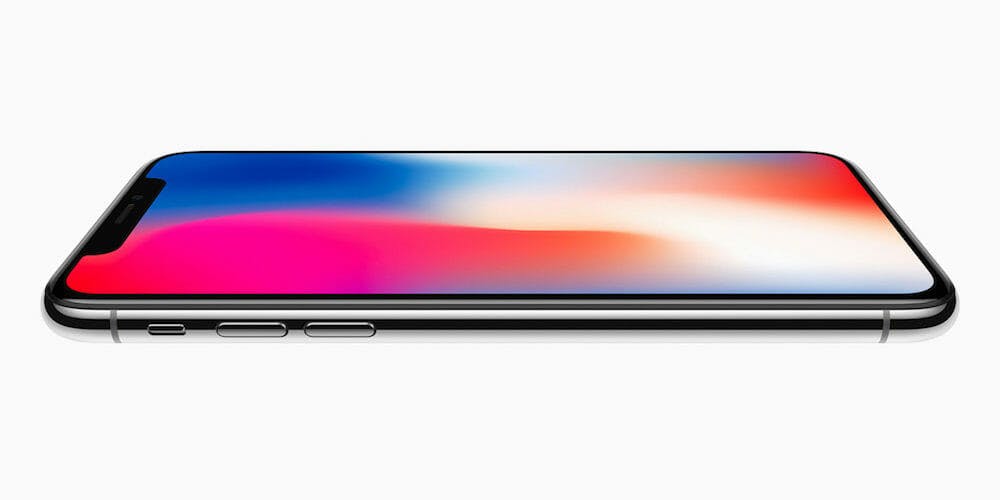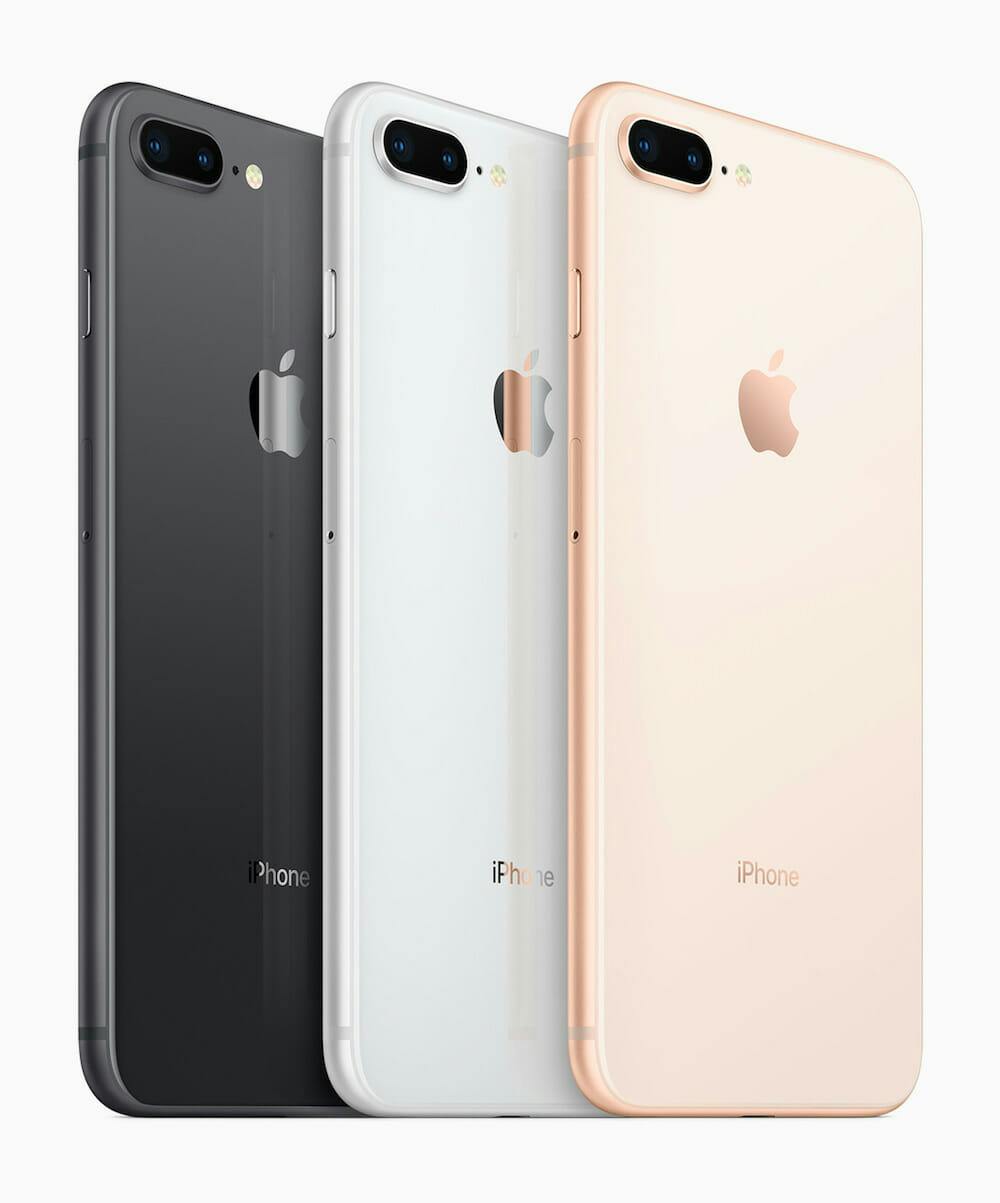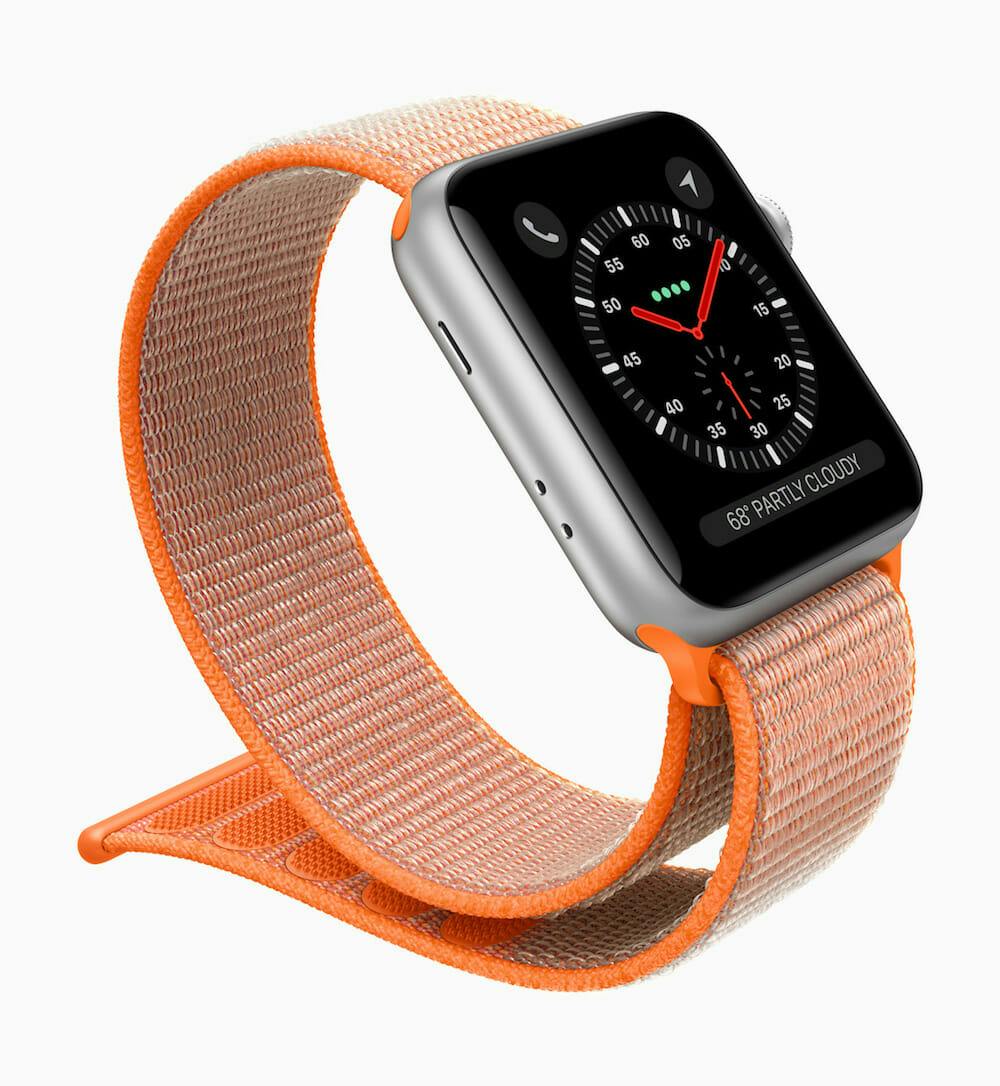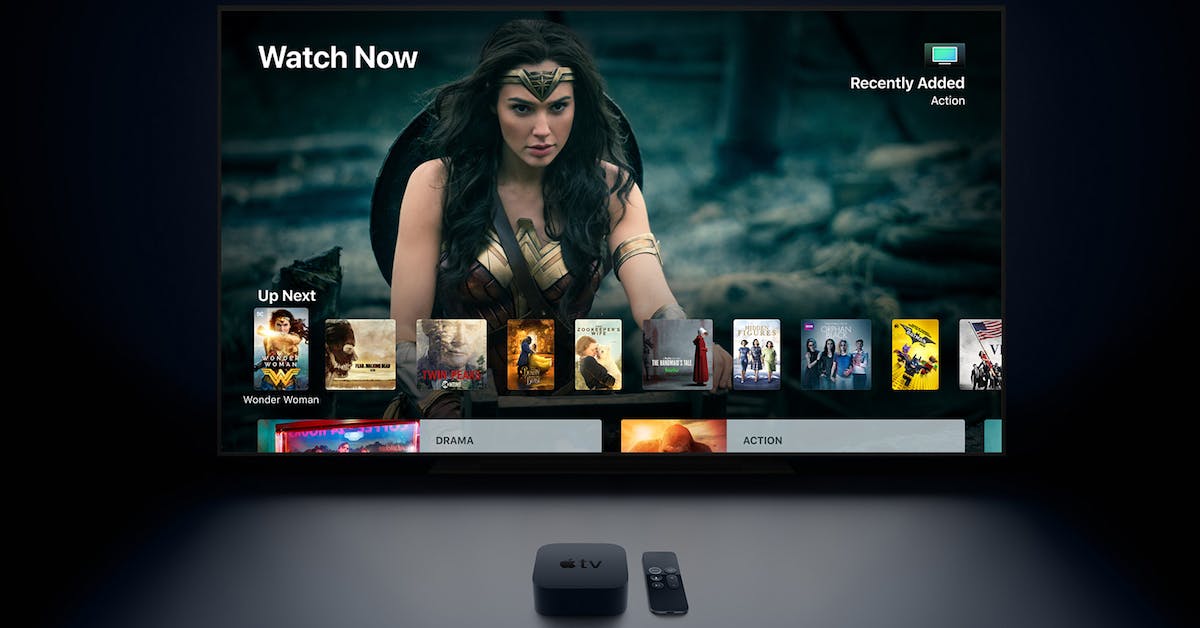Today Apple unveiled the iPhone X, a shiny new iPhone with an edge-to-edge display. It’s the future of the iPhone. However, it’s not the only thing the company debuted onstage at its new campus in Cupertino.
If you didn’t have time to catch the full livestream from Apple (or deal with the chaos that is Twitter), don’t worry. Here’s your summary of the biggest news Apple made today—and what it means for you.
iPhone X
To celebrate the iPhone’s 10th anniversary, Apple released the iPhone X (and it’s pronounced “ten” not “ex”—but good luck enforcing that one, Apple). The iPhone X, as rumored, features a 5.8-inch Super Retina display with a 2,436×1,125 screen resolution, meaning it has double the pixels of the iPhone 7. Its most notable change to the naked eye: no home button. Instead of a button, you can exit apps with a swipe up on the screen, as if you’re virtually tossing the app away. To summon Siri, you hold down the power button (or just use Hey Siri).
At the top of its display, the iPhone X hosts a bunch of sensors that it uses for a Touch ID replacement called Face ID. Face ID uses a dot projector, infrared camera, and flood illuminator to map your face using 30,000 infrared dots and then create a unique mathematical model. This information, like your fingerprint data with TouchID, is stored locally on your device in its secure enclave. When you log in, the phone’s 7-megapixel True Depth camera, as it’s called, checks your face for a match. The processing is done on the device itself (so nothing is sent to the cloud).
This camera also now knows when you’re actually looking at your phone and when you’re not. So, if you raise your phone but aren’t looking directly at it, the screen won’t illuminate
You can also use the True Depth camera to power a set of hilariously creepy Animoji. These are emoji animated by your own facial movements and expressions..
On back, it’s got dual 12 megapixel cameras (an f/1.8 aperture wide angle lens and f/2.8 telephoto lens) with an updated image signal processor and optical image stabilization. Like the iPhone 8 and 8 Plus, it also has a new four LED True Tone flash. On top of that, each camera is calibrated for augmented reality. The cameras utilize gyroscopes and accelerometers for smooth motion tracking.
Inside, it uses the same new processor as the iPhone 8 and 8 Plus: the six-core A11 Bionic. And if you’re tired of plugging in your phone each night, you can set it on a Qi wireless charger instead.
The iPhone X is available in two colors: space gray and silver, in 64 GB and 256 GB variants. It starts at $999 and goes on preorder Oct. 27. It ships Nov. 3.
iPhone 8 and iPhone 8 Plus
If you’re not ready for “the future“—or you just don’t want to pony up $1,000 for a new phone—Apple kept things more traditional in the new glass-backed iPhone 8 and 8 Plus.
These phones stick with the sizing we know from the 7 and 7 Plus. The display on the 8 measures 4.7 inches diagonally, while the larger 8 Plus is 5.5 inches. Those Retina displays have also been updated with True Tone technology, which adjusts the display coloring to balance with the lighting in the room you’re in.
The cameras have been updated with a better image signal processor (the better for faster autofocus in low-light situations) and an upgraded True Tone flash on back. Like on the 7 Plus, the 8 Plus has dual 12-megapixel cameras on back, while the iPhone 8 has only one. Inside, it features the A11 Bionic CPU, a six-core chip with two high-performance cores and four high-efficiency cores. It also has an Apple-designed GPU that’s 30 percent faster than the iPhone 7’s A10. Another upgrade over last year’s phones: Qi wireless charging. Qi is a common wireless charging standard, so you can use Apple’s own AirPower charger (coming next year) or a variety of third-party chargers.
The iPhone 8 and 8 Plus will both be available in 64 GB and 256 GB variants. The iPhone 8 starts at $699 while the iPhone 8 Plus starts at $799. Both go on preorder beginning Sept. 15, and will ship a week later, Sept. 22.
Apple Watch Series 3
Perhaps the biggest non-iPhone announcement of the day was the launch of the Apple Watch Series 3. The main difference between the Apple Watch Series 3 and last year’s Apple Watch Series 2 is the addition of built-in cellular connectivity. With an LTE modem inside, now you can use the Apple Watch to send texts, make phone calls, and more, all while you leave your phone at home. Beginning next month, you’ll also be able to stream music through Apple Music, too.
With the next version of watchOS (watchOS 4), the Apple Watch’s heart rate tracking also gets some improvements. It will be able to monitor your resting heart rate and calculate your recovery heart rate during workouts. And, thanks to a new Apple Heart Study, it can check for heart arrhythmia, too.
And of course, it’s still swim-proof, and Apple claims it gets the same all-day, 18-hour battery life as the Series 2.
The Apple Watch Series 3 costs $329 with no cellular built-in and $399 with cellular. It will be available for preorder beginning Sept. 15, and ships Sept. 22.
Apple TV 4K
The fourth generation Apple TV makes several notable jumps from its predecessor. The hallmark of the Apple TV 4K, as its name suggests, is 4K HDR video playback. Apple’s working to offer a number of major titles on iTunes in 4K (and if you already purchased a title in HD, Apple will upgrade it to 4K for free). Netflix, Amazon Prime, and other sources should also begin offering 4K content.
Inside, it’s powered by a three-core A10 Fusion chip that’s twice as fast as the third-generation Apple TV. It can process graphics four times faster than the old model, too.
Apple also subtly updated its Siri Remote with a white circle around the menu button. This should help with orientation issues when you pick up the otherwise symmetrically designed remote in the dark.
The Apple TV 4K will cost $179, with preorders beginning Sept. 15, and shipping beginning Sept. 22

